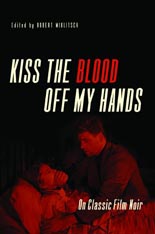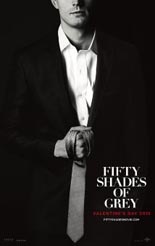
 Says bachelor billionaire Christian Grey early in the hotly anticipated Fifty Shades of Grey, “I enjoy various physical pursuits.” Given the cultural dominance of the source material, even those who haven’t read E.L. James’ best-selling “mommy porn” novel (which began life as a piece of Twilight fan fiction) recognize the innuendo dripping from the line: In the bedroom, the dude loves to employ ropes, whips, crops, chains, cuffs and other items displayed on end caps at your neighborhood True Value hardware store.
Says bachelor billionaire Christian Grey early in the hotly anticipated Fifty Shades of Grey, “I enjoy various physical pursuits.” Given the cultural dominance of the source material, even those who haven’t read E.L. James’ best-selling “mommy porn” novel (which began life as a piece of Twilight fan fiction) recognize the innuendo dripping from the line: In the bedroom, the dude loves to employ ropes, whips, crops, chains, cuffs and other items displayed on end caps at your neighborhood True Value hardware store.
It’s one of many moments spring-loaded with a nudge and a wink, not all of which are spoken. In its aim to titillate, Fifty Shades trafficks in the unsubtle, beginning with a shot of our virgin heroine, Anastasia Steele (because she’s strong, get it?), craning her neck at Grey’s phallic tower penetrating the Seattle skyline. Soon after meeting the man for an interview, she absentmindedly fiddles with a pencil about her puffy lips. In case audiences are so hormonally charged in anticipation that they miss the sexual symbolism at play, the writing instrument literally is labeled “GREY” (it’s his penis, get it?).
 As the film drones on, subtlety becomes as beaten as Steele’s behind. Witness Grey (Jamie Dornan, TV’s The Fall) completing a contract negotiation on anal and vaginal fisting and the like by telling the object of his
As the film drones on, subtlety becomes as beaten as Steele’s behind. Witness Grey (Jamie Dornan, TV’s The Fall) completing a contract negotiation on anal and vaginal fisting and the like by telling the object of his affection possession, “I’d like to fuck you into the middle of next week.” Steele (Dakota Johnson, 21 Jump Street) doesn’t clear her calendar; instead, she attempts to crack Grey’s cement wall of emotions. In his world of whims and privilege, everything is a transaction, to the point where his power quirks reside on such a level of Howard Hughes-odd — won’t sleep in a bed with another person, hasn’t been photographed with a woman — that the script would not be out of line if its third act revealed robotic parts lurking behind Grey’s beady eyes.
But Fifty Shades has no third act; it barely has a second. Whereas story structure demands setup, then conflict and, finally, resolution, the incongruously 125-minute movie is nearly all establishment, with maybe 15 minutes of conflict before an abrupt cheat of an “ending.” Although director Sam Taylor-Johnson (Nowhere Boy) has given James’ S&M novel more well-lit gloss than justified, the script credited to Saving Mr. Banks scribe Kelly Marcel is reductive, dumb and dull. For one and only one example, how to convey Steele’s lower lot in life as mousy and unworldly? She uses — gasp! — a flip phone. Repeat: a flip phone! What a vulgarian!
As Steele, the oft-unclothed, oft-writhing Johnson proves deft at the front half’s comedic scenes, then less effective carrying the dramatic weight toward the end. She fares better than the clearly miscast Dornan, whose rote, single-expression delivery unintentionally turns him into an object of ridicule. When you can’t even sell an O-face in a supposedly erotic film, that spells disaster.
And there are two more entries in the Fifty Shades saga to come? Were this starter package campy instead of empty, my ass and a theater seat might be more inclined to commit to a binding agreement. —Rod Lott

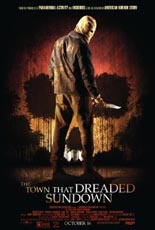
 What at first appears to be a baffling creative choice in the 2014 version of
What at first appears to be a baffling creative choice in the 2014 version of 
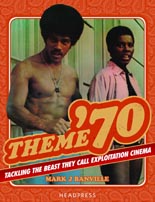
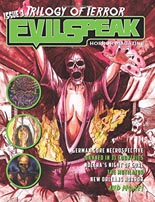
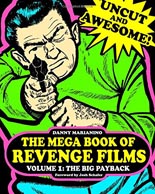
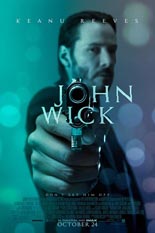
 One of the special features on the Blu-ray release of
One of the special features on the Blu-ray release of 

